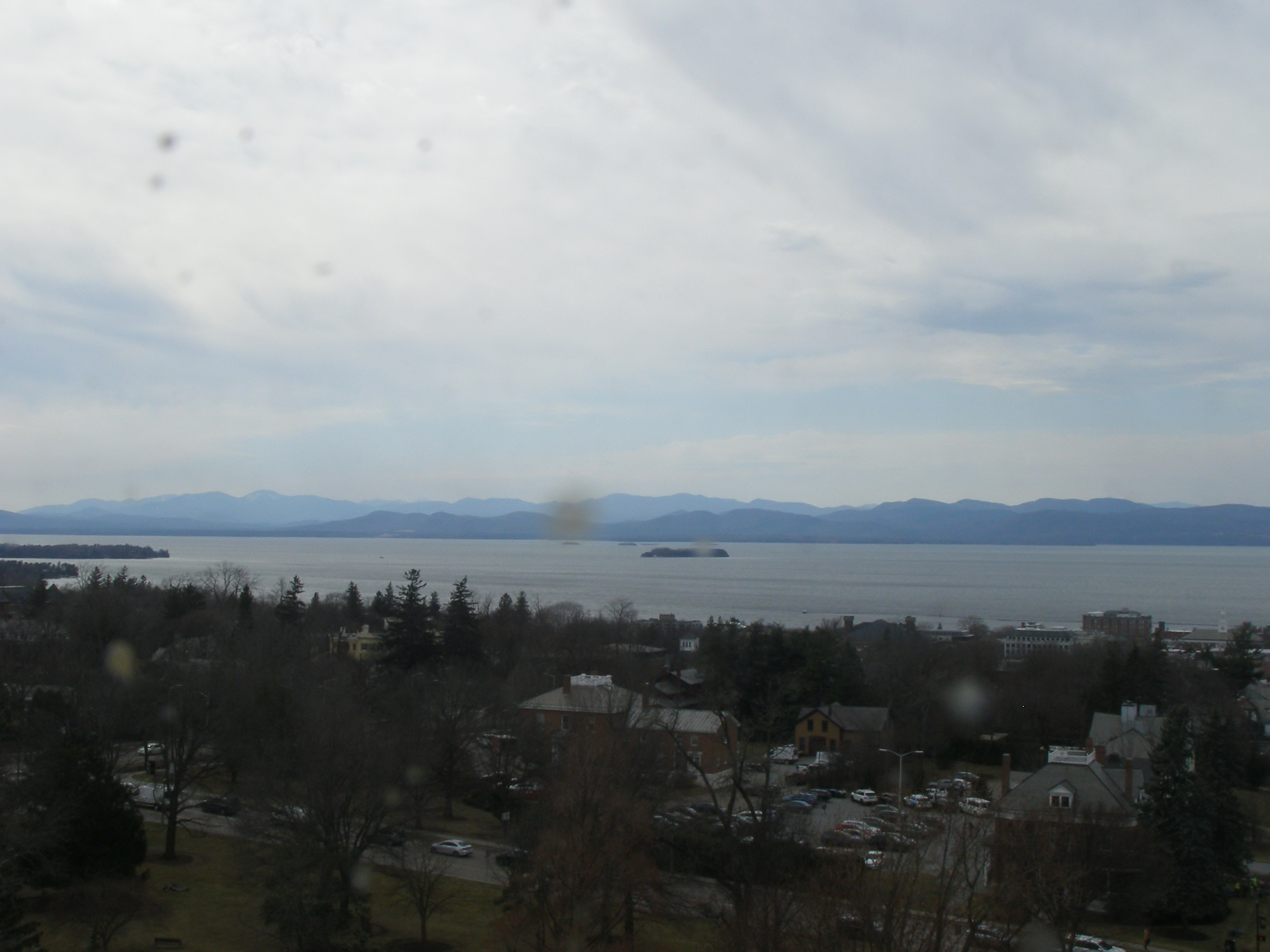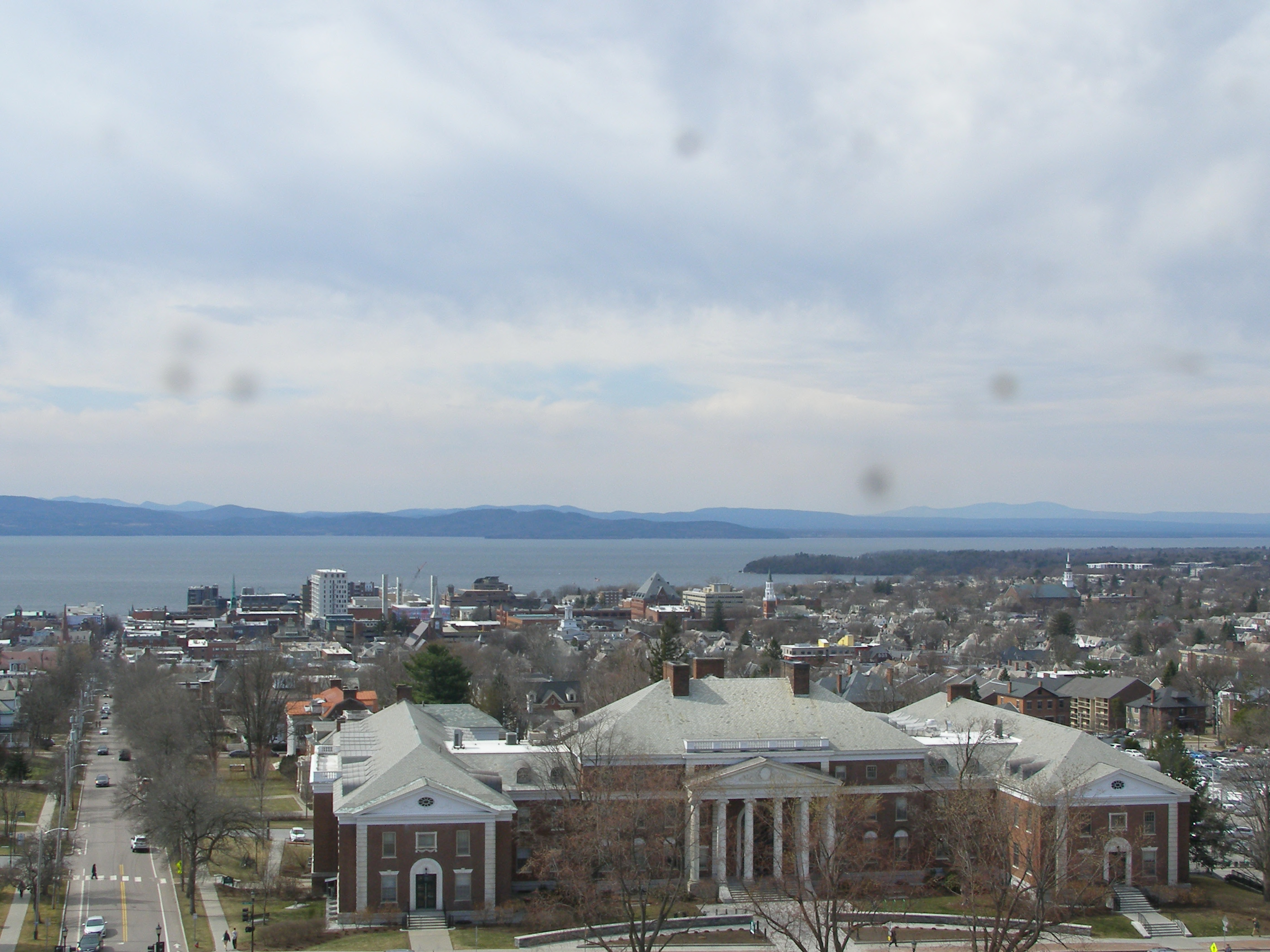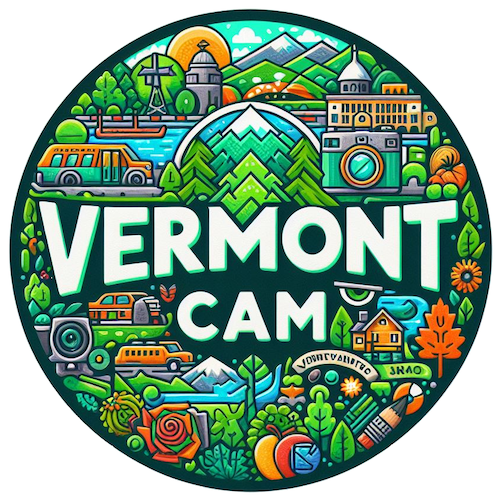Burlington, VT Weather Cams
Burlington Southwest Cam

Burlington Northwest Cam

Church St. Cam
NBC 5 Church Street Cam
Church Street Market Place Cam
BTV Airport South Cam
South Burlington Cam
WCAX Sky Watch 3 ECHO Cam
Burlington, Vermont: From Colonial Settlement to Vibrant Cultural Hub
Burlington, VT Weather Cams. Nestled on the eastern shores of Lake Champlain, Burlington, Vermont, is a city rich in history and cultural significance. From its early days as a colonial settlement to its modern status as a vibrant, progressive hub, Burlington has played a pivotal role in the historical, economic, and cultural development of the state and the wider New England region.
Colonial Beginnings and Revolutionary War Era
The area now known as Burlington was originally inhabited by the Abenaki people, whose presence in the region dates back thousands of years. European settlement began in the mid-18th century when land was granted to settlers in 1763 by Governor Benning Wentworth of New Hampshire. Named after the English town of Bridlington, Burlington was officially chartered, marking the beginning of its colonial history.
The American Revolutionary War brought turbulence to the fledgling settlement. Burlington’s strategic location along Lake Champlain made it a site of military interest. In 1776, American forces built a fort at the mouth of the Winooski River to defend against British incursions from Canada. The war disrupted early settlement efforts, but by the war’s end, Burlington began to grow steadily as settlers returned and the threat of conflict waned.
19th Century Growth and Development
The early 19th century marked a period of significant growth for Burlington. The construction of the Champlain Canal in 1823 and the Erie Canal in 1825 connected Burlington to major trade routes, spurring economic development. Burlington became a bustling port and a center for commerce, benefiting from the increased trade and transportation links.
In 1830, the establishment of the University of Vermont (UVM) in Burlington further bolstered the town’s development. Founded in 1791, UVM grew in prominence, attracting students and academics and contributing to Burlington’s reputation as an educational center. The university played a crucial role in shaping the town’s cultural and intellectual landscape.
By the mid-19th century, Burlington had also become an industrial hub. The lumber industry, fueled by the vast forests of Vermont, saw significant growth, with logs floated down the Winooski River to Burlington’s mills. The city’s waterfront buzzed with activity, as ships loaded with lumber, granite, and other goods sailed to various destinations. This industrial boom brought jobs and prosperity, transforming Burlington into one of Vermont’s most important towns.
Civil War and Late 19th Century
The outbreak of the Civil War in 1861 had a profound impact on Burlington. The town, like much of Vermont, supported the Union cause. Many residents enlisted, and the town contributed significantly to the war effort. Burlington also served as a recruitment and training center for Union troops.
Following the Civil War, Burlington continued to grow and modernize. The introduction of the railroad in 1849 further enhanced its status as a transportation hub. Rail connections facilitated the movement of goods and people, promoting commerce and contributing to population growth. By the late 19th century, Burlington had established itself as a thriving economic and cultural center.
Early 20th Century: Innovation and Change
The early 20th century saw Burlington adapting to new technological and social changes. The city’s economy diversified, with manufacturing playing an increasingly important role. Companies like the American Woolen Company and the Queen City Cotton Company established operations in Burlington, providing employment and contributing to the city’s industrial base.
Burlington also embraced technological advancements, with electricity transforming daily life and industry. In 1905, the establishment of the Burlington Electric Department marked the city’s commitment to modern infrastructure. Public services, education, and healthcare continued to improve, enhancing the quality of life for Burlington’s residents.
Post-War Era and Urban Renewal
The post-World War II era brought significant changes to Burlington. The city’s population grew, and suburbanization transformed its landscape. The construction of Interstate 89 in the 1960s improved connectivity and spurred economic development. However, this period also saw challenges, as urban renewal projects led to the displacement of some communities and changes to the city’s historic character.
Despite these challenges, Burlington emerged as a progressive and forward-thinking city. The environmental movement of the 1970s found a strong foothold in Burlington, leading to initiatives aimed at preserving the natural beauty of Lake Champlain and promoting sustainable development.
Contemporary Burlington: A Cultural and Economic Hub
Today, Burlington is known for its vibrant cultural scene, progressive values, and strong sense of community. The city’s waterfront, revitalized in the late 20th century, is a focal point for recreation and tourism. The Church Street Marketplace, established in 1981, is a bustling pedestrian mall that hosts festivals, markets, and cultural events, reflecting Burlington’s lively spirit.
Burlington’s economy is diverse, with education, healthcare, and technology sectors playing significant roles. The presence of UVM and institutions like Champlain College continues to attract students and academics, fostering a dynamic intellectual environment.
The city is also a leader in sustainability and environmental initiatives. Burlington became the first city in the United States to source 100% of its electricity from renewable energy in 2014, exemplifying its commitment to environmental stewardship.
Conclusion
From its early days as a colonial outpost to its current status as a cultural and economic hub, Burlington, Vermont, has a rich and varied history. The city’s ability to adapt and innovate, while preserving its unique character and values, has made it a beloved and dynamic community. As Burlington continues to grow and evolve, it remains a testament to the enduring appeal and resilience of Vermont’s largest city.
For more information, visit the official Burlington, Vermont website.
